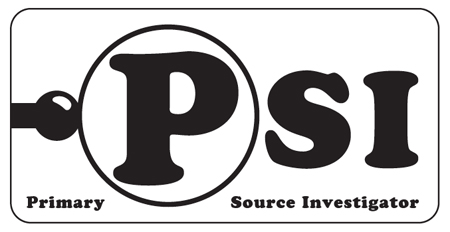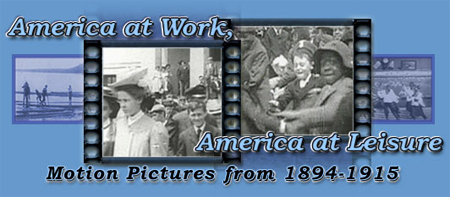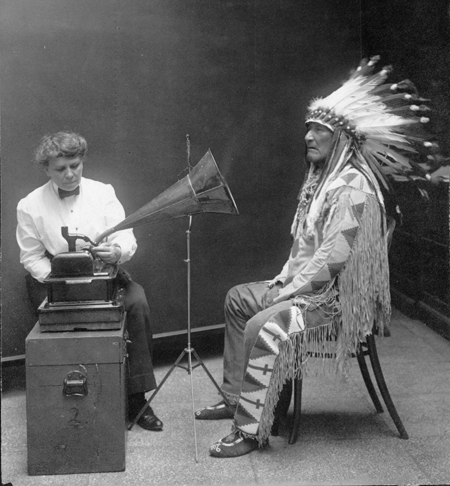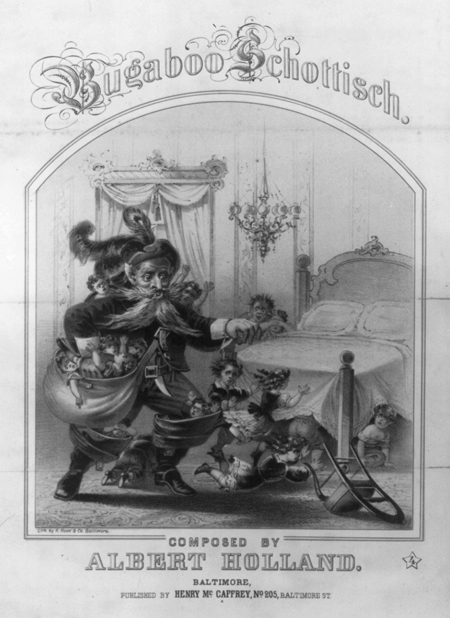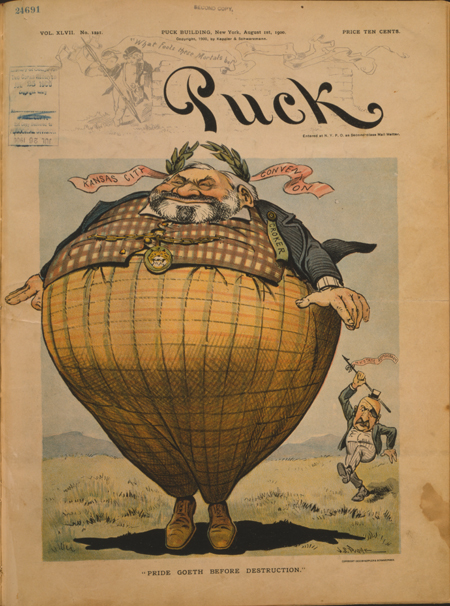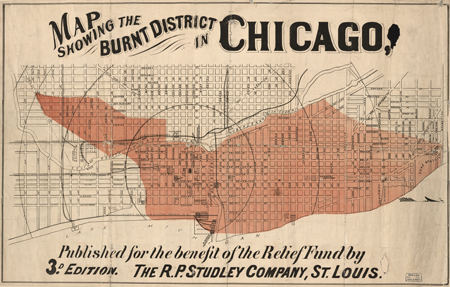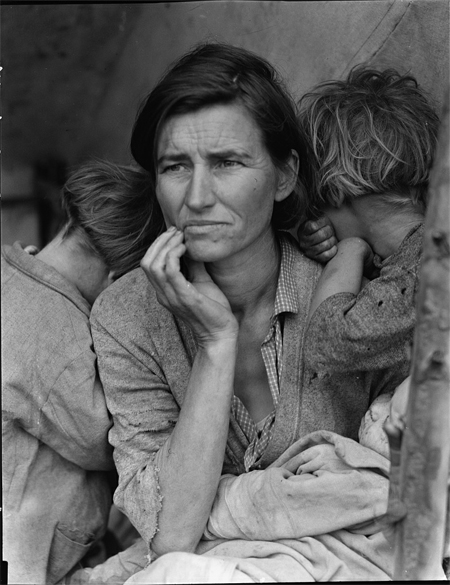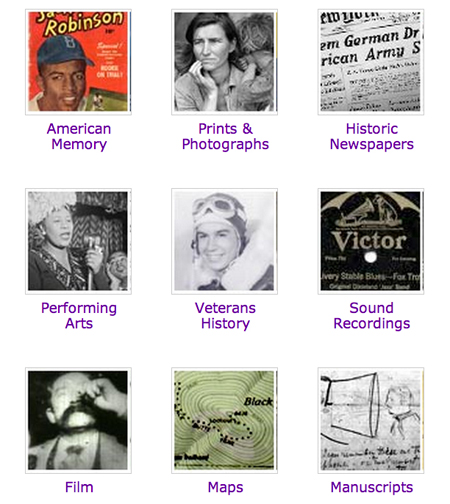Learning from the Source: Capturing Character on Camera
The Today in History section for July 10 features Jelly Roll Morton, one of jazz music’s primary influences. From 1938 to 1948, William P. Gottlieb took over 1600 photographs of celebrated jazz artists. Carl Van Vechten also took a similar number of photographs of celebrities, including many figures from the Harlem Renaissance. The Library has two great…

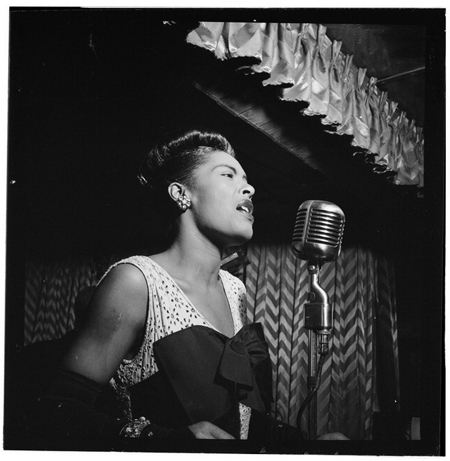
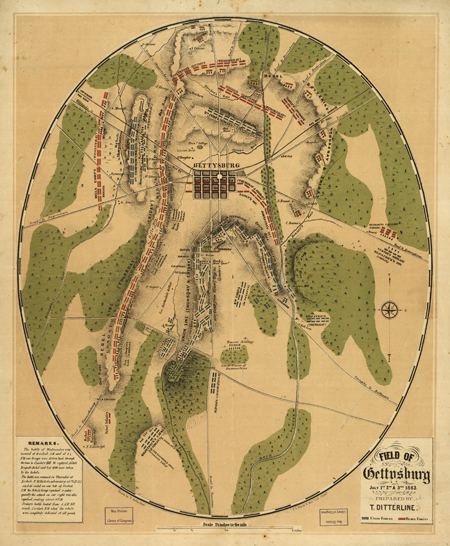
![Indian territory [1887]: compiled from the official records of the records of the General Land Office and other sources under supervision of Geo. U. Mayo.](https://primarysourcenexus.org/wp-content/uploads/2012/06/INTerritory.jpg)
